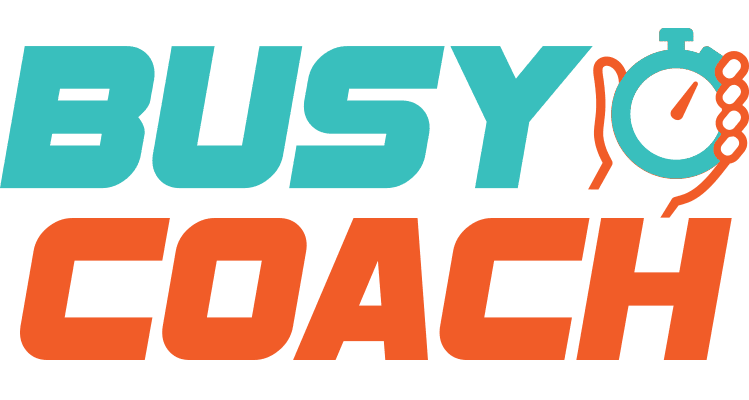[trx_quote cite=”#” title=”Mandy Green”]Anything you create a process for today saves you time tomorrow.[/trx_quote]
Have Your Best Season Ever! Part 3
For me, a few years ago, I had to plan a last minute on-campus visit. When this visit camp up, I found myself the only one of our staff around because they were off working camps. I hadn’t done the leg work to set up a visit for a while so while I had a general idea of what to do, it took a while to remember a lot of the steps, I wasted a lot of time tracking down the paperwork, and I eventually realized that I forgot a few things.
At the time, it was very stressful and time-consuming. It took me 10x longer than it should have because I didn’t have anything documented.
What I needed was a system – a trusted way to manage my tasks so that I could stay in control, not feeling overwhelmed, and make consistent progress on what matters most.
Fundamentally, every program 1 of 2 types of system:
1. A collection of ordered and proven process that saves you time and stress and unnecessary thought processes that, together, reliably
produces an intended result.
2. Is your existence in the office just like the Whac-A-Mole game in which little grinning-faced mechanical moles keep popping their heads
out of any one of a dozen holes. When you whack one mole, two more emerge. reactionary and therefore horribly inefficient.
The systems that I had in my life were working perfectly for the results you are getting. If you don’t like your results, you need to change your systems.
Where could you create systems in your coaching life? Again, go back to your master list.
Preseason, team travel, travel for recruiting, on-campus visits, camps, game day, and recruiting trips are a few quick ones that come to mind.
There is a 3 step progress for creating a system:
1. Identification: On campus visit
2. Documentation:
Start by writing clear and concise notes about each and every step of a task. (I.E. Agree on a date, time and location to meet; send
welcome to campus email with directions; make sure the player is registered with the clearinghouse; get their transcripts and official visit paperwork in; contact admissions to set up an admissions counselor meeting, etc.)
Record as many details as you can like phone numbers, email address (I.E. Email and phone number for contact in Admissions)
Make sure that everybody who’s involved knows what’s expected
What are the deadlines?
Everything is in one easy to find folder.
That campus visit that took me at least 3 hours to set up now can be done in 30 minutes. Keeping track of every single detail is exhausting. We deplete a lot of mental energy every day trying to remember what to do next.
3. Refine and Ongoing maintenance of systems:
And once you have your system written down, you can analyze it. What’s working, what’s not working? Then you can work to perfect the process.
Here’s what happens when you begin improving your systems:
You don’t have to waste time tracking down information.
You don’t forget anything
Eliminates decision making which will save you time and mental energy to do your best work.
It makes you more consistent.
You make far fewer errors and mistakes.
You will feel more calm and in control.
You fix the mistakes you make quickly and permanently.
You can go back and review your processes to make them better.
It will allow you to seamlessly transition if you add new staff members.
When you improve your method or process, you will improve your results and significantly reduce the time it takes to complete the tasks. You will create new systems too, while discarding the ones holding you back, the ones that have been invisibly sabotaging your best efforts.
One by one you take your systems apart, examine them, and then make them better. Over time, complexity and confusion decrease to be replaced by order, calm, and rock-solid self-confidence. There is little fire killing and no confusion.
To make this work, there will be work that you have to perform but you’re putting in time and working hard already, right? At the beginning of the process you’ll simply channel a portion of this time and energy toward creating your step-by-step, one-time documentation building efforts that will lead to more time later on.
Instead of depleting precious resources on getting-nowhere, churning tedium (which is the hardest and most frustrating work of all), you will expend that same time and energy in a step-by-step steady ascent that will provide a significant return on time and energy investment that you are putting in. It’s a superb investment because the end product will be a relaxed persona, and free up lots of free time. In all probability, it will be the best investment of time you will ever make.
Part 4 of the speech I wrote for NCRC coming soon.




